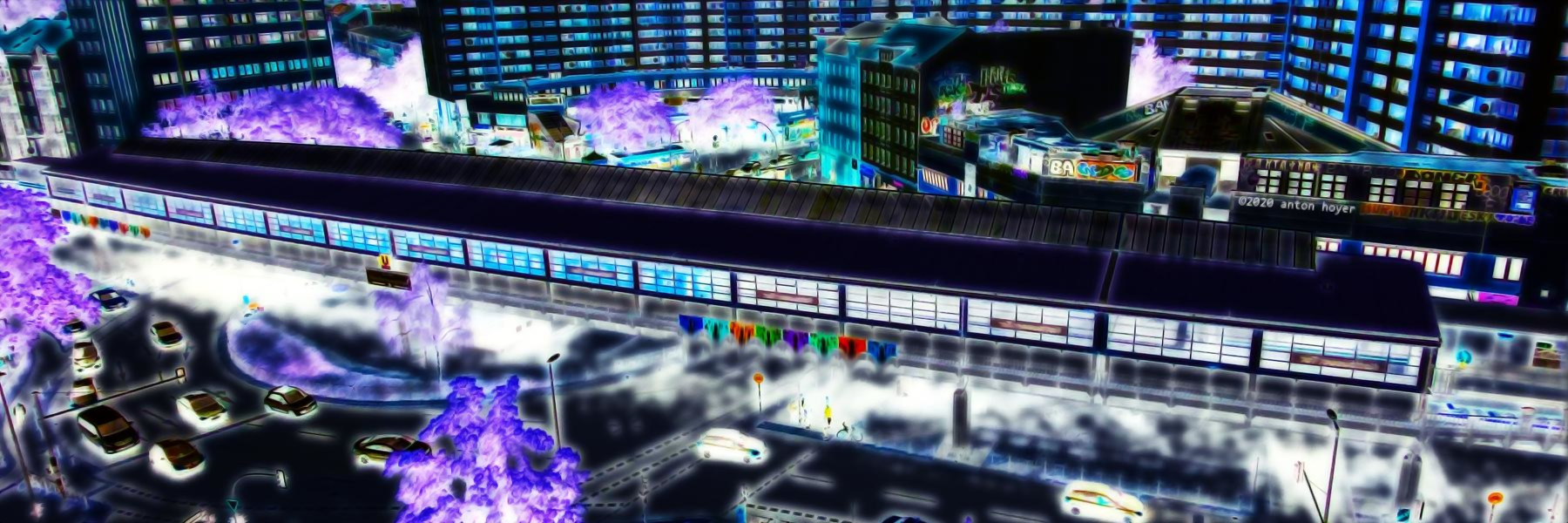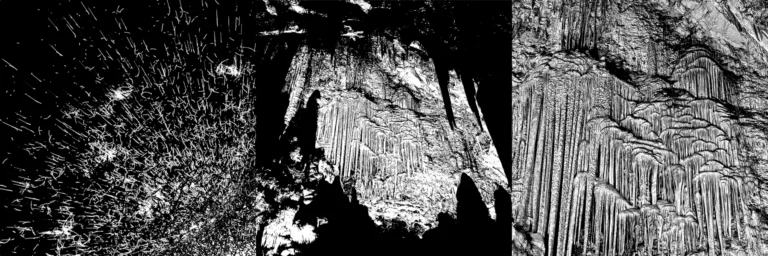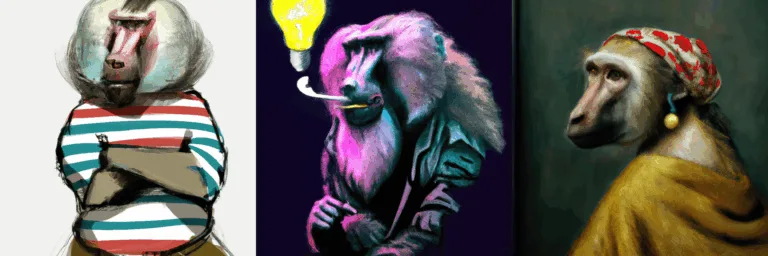Apart from my father’s comment on the first ADME album, where he literally called it “madness,” the feedback I received was unanimous: “Where are the drums?”
So, I needed drums or at least beats. However, first, I wanted to improve the synthesizer so that it would accept image files as input as well. It seemed like the obvious next step towards modulating arbitrary data files. As images are essentially tables of numbers, just like my experimental data but with an additional second dimension, I quickly figured out how to make them audible by using the gray value of each pixel to control the pitch, running through each pixel column from left to right. Necessary preparation steps included converting the image to grayscale and downsizing it to reduce the overall number of data points. Because humans tend to prefer the cursed number 4 when it comes to music and beats, I used powers of 2 for the image width and height. For example, 4-by-16, 64-by-4, or 128-by-128. I allowed irregular image sizes as well, but with a much smaller chance.
Images proved to be ideal input files due to their arpeggio-like quality. For most pictures, each column of pixels looks a bit like the next one, so the synthesizer arpeggiates over the entire image, starting with a base motif and successively changing it with each column. This could happen over the course of a minute or within fractions of a second, depending on the random input parameters. In any case, images produced much more regularity than audio and even text inputs, which was important later when I added the beats.
The beats did not work out the way I had intended but led me to another interesting aspect. Initially, I tried generating the drums automatically as well as randomly by dividing the samples into evenly spaced parts. However, I ended up muting certain parts instead. Some of the breaks were so poorly placed that they were almost comical, so I left them in and called it a feature.
A more substantial addition was the inclusion of overtones and parallel voices. I achieved this by copying a sample’s base melody and changing the pitch to a fraction greater than one. Mathematically, this means generating a random natural number between 2 and N and dividing it by another random natural number between 1 and the first number. I made it more likely for small numbers to be chosen because intervals that we perceive as natural or pleasant tend to have that in common. For example, 2/1 is an octave, 3/2 is a perfect fifth, 4/3 is a perfect fourth, but uncommon intervals such as 11/7 or 17/13 would also be possible in ADME.
Regarding the beats, I decided to create them manually in Cubase. I arranged the generated samples on three and a half channels (left, center, right, and one slightly off-center for transitions). The samples needed to fit specific tempos and meters, which turned out to be easy because time-stretching them did not reduce their quality, as it was low to begin with. To match the rough sound of ADME, I chose a drum plugin inspired by the classic 909 drum machine. At first, I was upset because I had to manually arrange the beats while almost everything else was randomly generated. However, it soon became one of the enjoyable parts because I did not have to be particularly careful about it. Instead, I experimented with drawing geometric drum patterns, rapid changes of tempo and time signature, violating conventions, dismembering beats, making them stumble, or placing individual drum notes so close together that they became continuous sounds. There was no one to stop me, and I openly apologize for it.
With the ability to process text, images, and sounds, I started taking on assignments and dedicating tracks to certain friends. The standard procedure was either to collect all the data that Meta and I had on them and dump it into the input folder, or to sit down with the friends themselves, explain ADME, and let them decide which images to Google or which texts to write.
The resulting ten tracks became the album “Parametric Eclecticism.” It lives up to its name, incorporating a wild array of genres such as drum & bass, techno, house, minimal, jazz, and above all: noise.
Continue reading about the third and final album by clicking the link below.




Leave a Reply